| Structure | Name/CAS No. | Articles |
|---|---|---|
 |
sodium chloride
CAS:7647-14-5 |
|
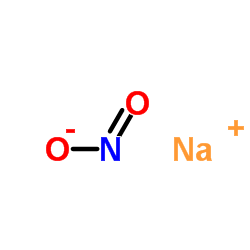 |
Sodium nitrite
CAS:7632-00-0 |
|
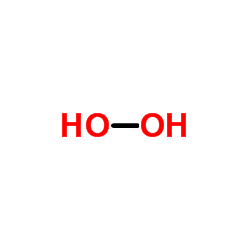 |
Hydrogen peroxide
CAS:7722-84-1 |
|
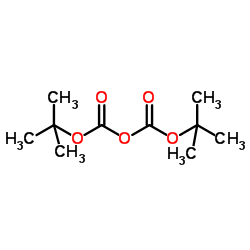 |
Di-tert-butyl dicarbonate
CAS:24424-99-5 |
|
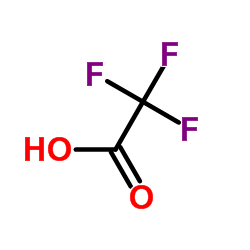 |
trifluoroacetic acid
CAS:76-05-1 |
|
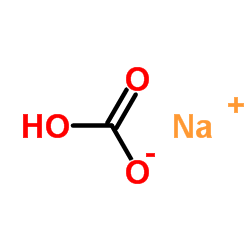 |
SodiuM bicarbonate
CAS:144-55-8 |
|
 |
Sodium metabisulfite
CAS:7681-57-4 |
|
 |
Sodium hypochlorite
CAS:7681-52-9 |
|
 |
1-Octanol
CAS:111-87-5 |
|
 |
SODIUM CHLORIDE-35 CL
CAS:20510-55-8 |